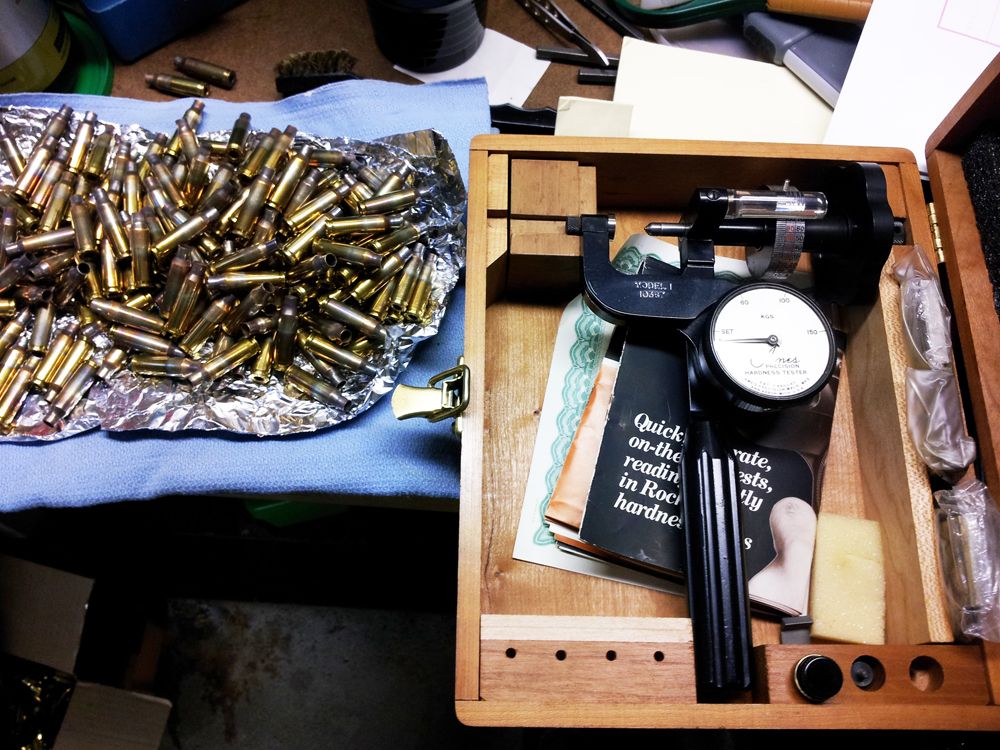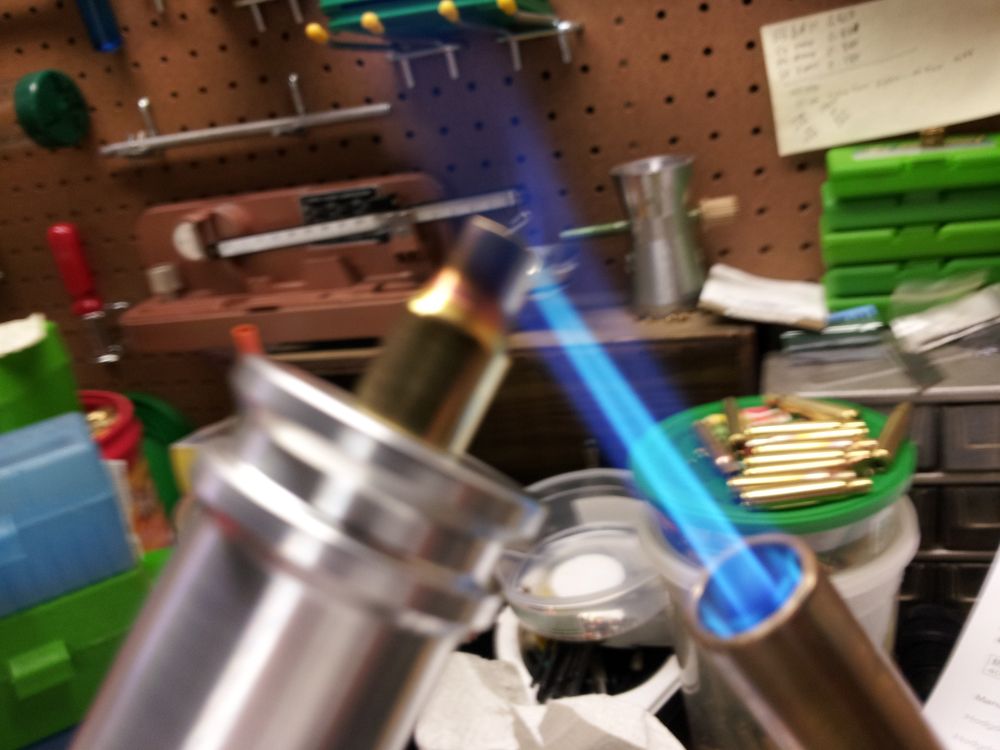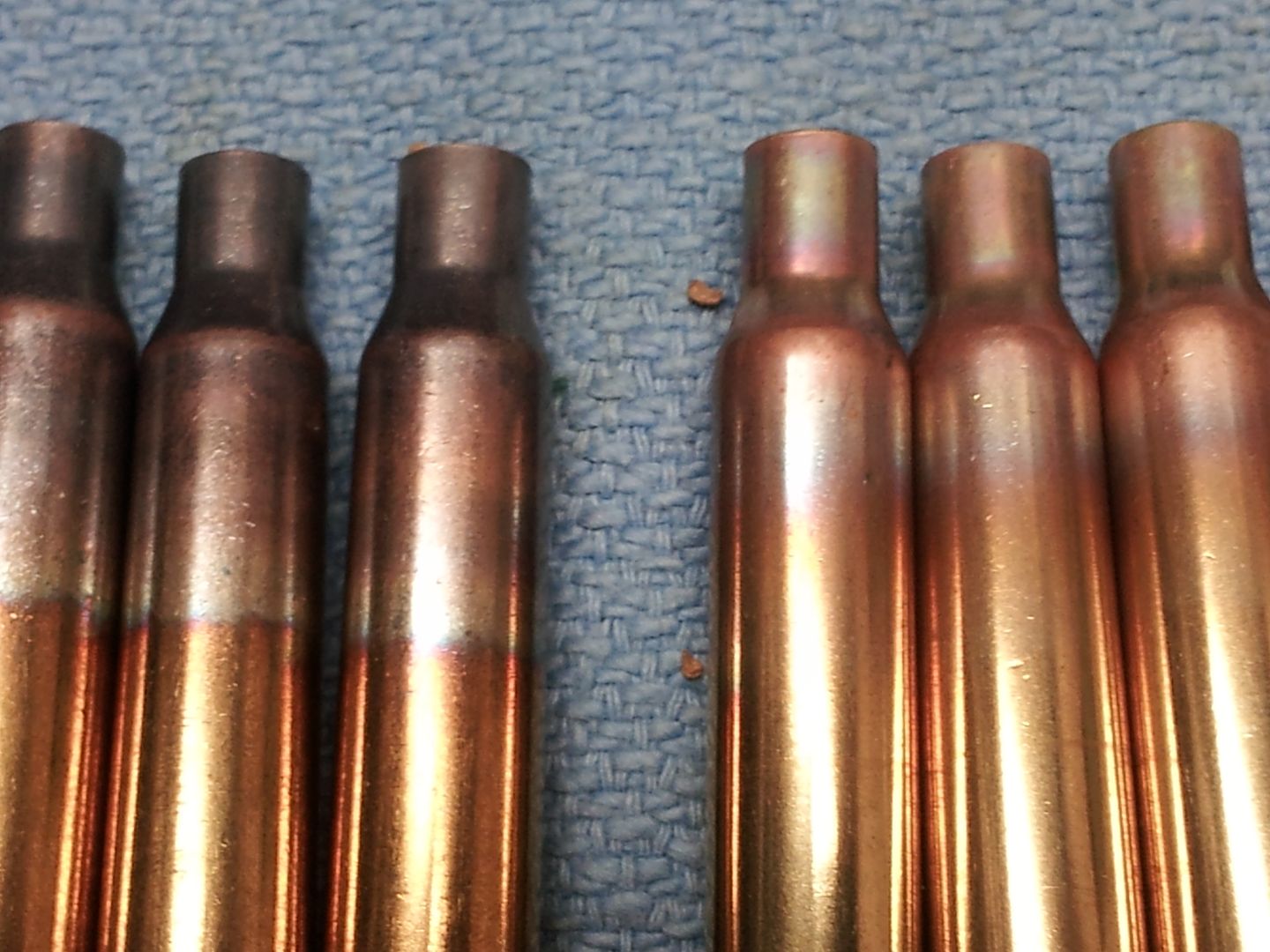Smokeless
New member
I agree with everything you stated Cat.
I'm with Furhunter on this, in that I measure the outside diameter of a loaded, and annealed, neck. Then subtract .002 for my bushing size. In an unscientific sense that would be .002 neck tension. These are the tools most of us work with in the general reloading world. Thats all.
In a scientific sense, it would be interesting to know how that .002 smaller bushing equates to tension in a annealed neck. Un annealed necks would be pointless because spring back would be all over the map.
It would also be interesting to know how much neck tension actually effects accuracy and at what amounts.
All I know is that my method of getting .002 or there abouts, neck tension work very well in my world, and annealing is everything.
I'm with Furhunter on this, in that I measure the outside diameter of a loaded, and annealed, neck. Then subtract .002 for my bushing size. In an unscientific sense that would be .002 neck tension. These are the tools most of us work with in the general reloading world. Thats all.
In a scientific sense, it would be interesting to know how that .002 smaller bushing equates to tension in a annealed neck. Un annealed necks would be pointless because spring back would be all over the map.
It would also be interesting to know how much neck tension actually effects accuracy and at what amounts.
All I know is that my method of getting .002 or there abouts, neck tension work very well in my world, and annealing is everything.








